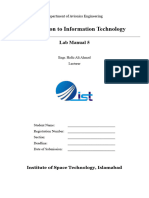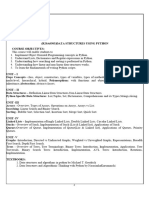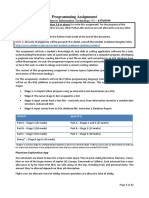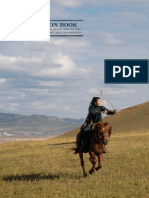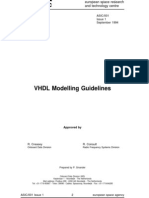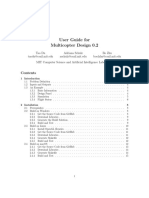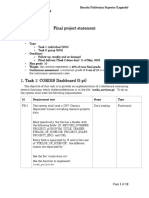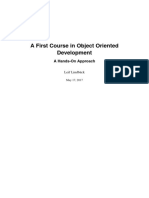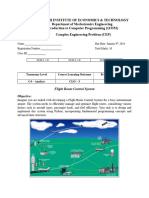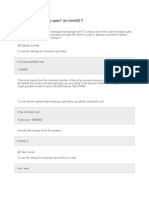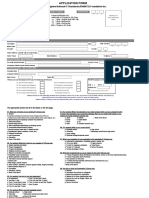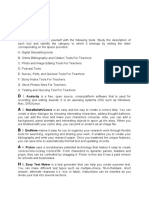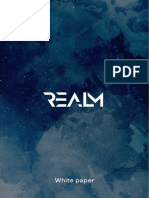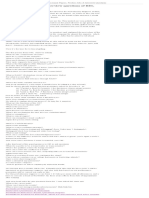0% found this document useful (0 votes)
21 views4 pagesAdvancedProgramming-TP1 2024
The document outlines a tutorial project focused on simulating a space module within the context of NASA's Artemis mission, emphasizing object-oriented programming concepts such as classes, inheritance, and polymorphism. Participants will design and optimize space modules, learning to create and manipulate classes in Python while considering resource constraints and physical dynamics. The project aims to develop skills in programming, modeling, and solving complex problems related to space exploration.
Uploaded by
centraleteamCopyright
© © All Rights Reserved
We take content rights seriously. If you suspect this is your content, claim it here.
Available Formats
Download as PDF, TXT or read online on Scribd
0% found this document useful (0 votes)
21 views4 pagesAdvancedProgramming-TP1 2024
The document outlines a tutorial project focused on simulating a space module within the context of NASA's Artemis mission, emphasizing object-oriented programming concepts such as classes, inheritance, and polymorphism. Participants will design and optimize space modules, learning to create and manipulate classes in Python while considering resource constraints and physical dynamics. The project aims to develop skills in programming, modeling, and solving complex problems related to space exploration.
Uploaded by
centraleteamCopyright
© © All Rights Reserved
We take content rights seriously. If you suspect this is your content, claim it here.
Available Formats
Download as PDF, TXT or read online on Scribd
/ 4

















